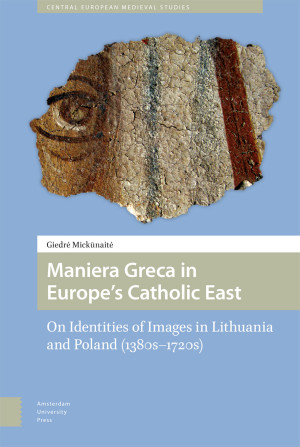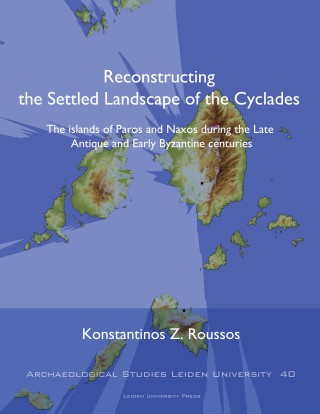"Mickunaite’s valuable book highlights the issue of maniera Greca and its understanding in a historical context, indicating the potential links of their creators with the Morava school, and emphasising the role of Gregory Camblak."
-Miroslaw Piotr Kruk, The Byzantine Review, vol. 6, 2024
''The book is an extended attempt to provide a new framework for understanding the presence and evolving meaning of these Greek images. At the same time, in a
microhistorical way, the pieces of art under examination serve as a gateway to narrate broader processes: confessional disputes, ideologies of power, changing artistic tastes, or, finally, cultural transfers that were established beyond the stereotypical East-West or centerperipheries divisions.''
- Jan Blonski , 21: Inquiries into Art, History, and the Visual , July, 2024
''As mentioned by Mick.nait., “this study is a kind of rescue expedition, which aspires to save fragmented as well as semantically mixed images from neglect” (p. 17). [...] It is praiseworthy that she draws attention to the overlooked, and yet very important, material presented in the book. [...] so hopefully, the publication will reach a broad audience and place those “small” pieces into a “big” narrative.''
- Dorota Zaprzalska, 21: Inquiries into Art, History, and the Visual , Vol.2, 2024





